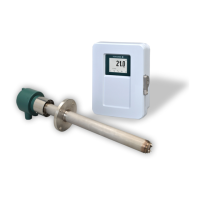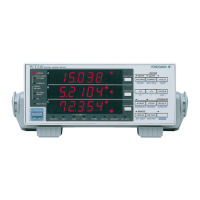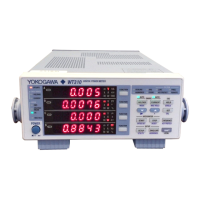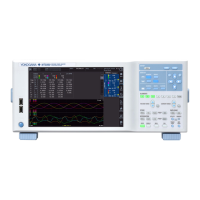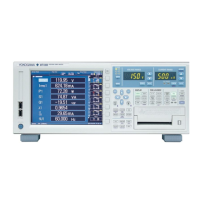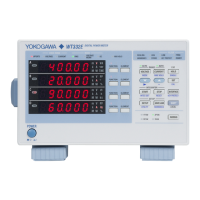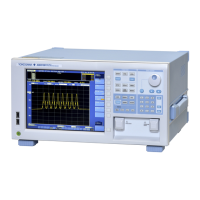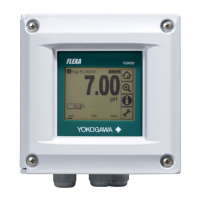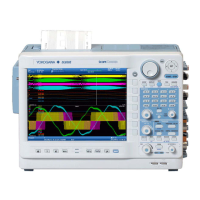<9. Calibration>
9-1
IM 11M12A01-04E 11th Edition : Jul. 19, 2017-00
9. Calibration
9.1 Calibration Briefs
9.1.1 Principle of Measurement with a zirconia oxygen
analyzer
This section sets forth the principles of measurement with a zirconia oxygen analyzer before
detailing calibration.
A solid electrolyte such as zirconia allows the conductivity of oxygen ions at high temperatures.
Therefore, when a zirconia-plated element with platinum electrodes on both sides is heated up
in contact with gases having different oxygen partial pressures on each side, the element shows
the action of the concentration cell. In other words, the electrode in contact with a gas with a
higher oxygen partial pressure acts as a negative electrode. As the gas comes in contact with the
zirconia element in this negative electrode, oxygen molecules in the gas acquire electrons and
become ions. Moving in the zirconia element, they eventually arrive at the positive electrode on
the opposite side.
There, the electrons are released and the ions return to the oxygen molecules. This reaction is
indicated as follows:
Negative electrode: O
2
+ 4e 2 O
2-
Positive electrode: 2 O
2-
O
2
+ 4 e
The electromotive force E (mV) between the two electrodes, generated by the reaction, is
governed by Nernst’s equation as follows:
E = -RT/nF ln Px/Pa......................................................Equation (1)
where, R: Gas constant
T: Absolute temperature
n: 4
F: Faraday’s constant
Px: Oxygen concentration in a gas in contact with the negative zirconia electrode (%)
Pa: Oxygen concentration in a gas in contact with the positive zirconia electrode (%)
Assuming the zirconia element is heated up to 750°C, then we obtain equation (2) below:
E = -50.74 log Px/Pa......................................................Equation (2)
With this analyzer, the sensor (zirconia element) is heated up to 750°C, so Equation (2) is valid.
At that point, the relationship as in Figure 9.1 is effected between the oxygen concentration of the
measurement gas in contact with the positive electrode and the electromotive force of the sensor
(cell), where a comparison gas of air is used on the negative electrode side.
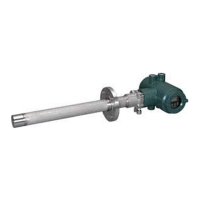
